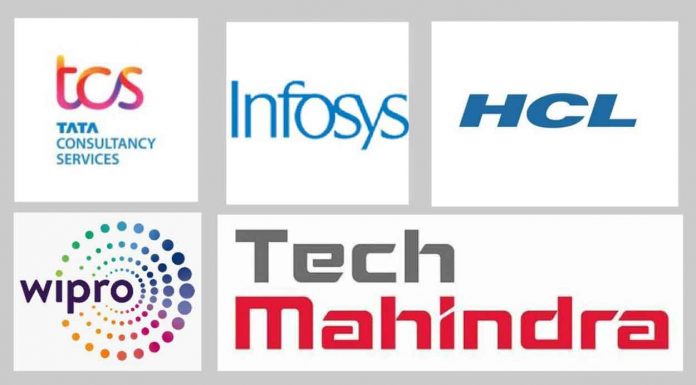Not all is bad with growth in India, at least one can say this with some certainty for the Indian IT service sector that has almost doubled its revenue market share between 2011-2021.
According to recent data from HDFC Securities, which looked at the leading global players in IT services, India-headquartered IT services companies have doubled revenue market share from 13.9% in the 2011 fiscal to 28% in the 2021 fiscal.
This is in contrast with the revenue share of foreign-headquartered companies (Accenture, IBM, DXC, Atos, Capgemini, and Cognizant) that shrunk from 86% to 72% during the same period.
The data released also shows that the cumulative revenue of the foreign-headquartered companies in the last decade grew to $151.6 billion from $148.8 billion, while revenues of the India-headquartered firms rose to $59.3 billion from $24.1 billion.
Within the foreign-headquartered group, there were widely divergent performances. While IBM and DXC saw steep declines in their revenues and revenue shares, Accenture and Cognizant did very well.
Meanwhile, in the India-headquartered group, TCS, HCL, and Tech Mahindra more than doubled their revenue shares, while Infosys's share went up to 6.1%, from 3.5%. Indian IT firms have been gaining market share for decades now.
According to the data findings, these Indian companies were quick to adapt to the tectonic shift from mainframes through client-server to mobile applications and the cloud-native era. They pioneered the global delivery model, and have massively grown their Fortune 1000 client base.
TCS had 48 clients at the end of the last fiscal who brought in annual revenue of more than $100 million each, up from just 8 in 2010-11. Infosys now has 28 such clients, up from 11 a decade ago.
Speaking over the data released, Apurva Prasad, deputy VP research-institutional equities in HDFC Securities, said while the last 10-year period has seen several growth waves, broadly growth has been driven by market expansion in Europe (Continental Europe), mining large accounts, execution excellence supported by strong delivery capabilities, and project management framework.
He said investments were made to expand onsite/nearshore and local presence, there was an increase in outsourcing propensity & competitive pricing, and there was expansion in the tech buyer landscape in enterprises, resulting in rising tech spend as a percentage of revenue by enterprises.











